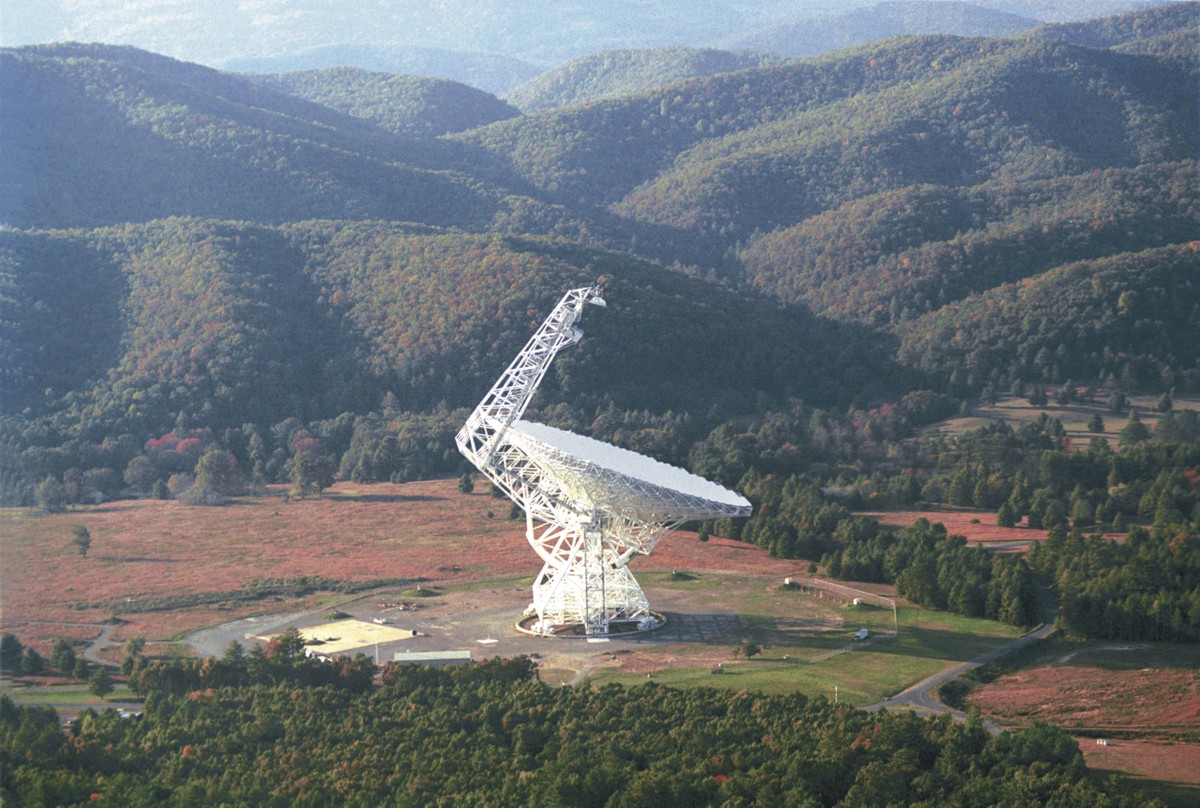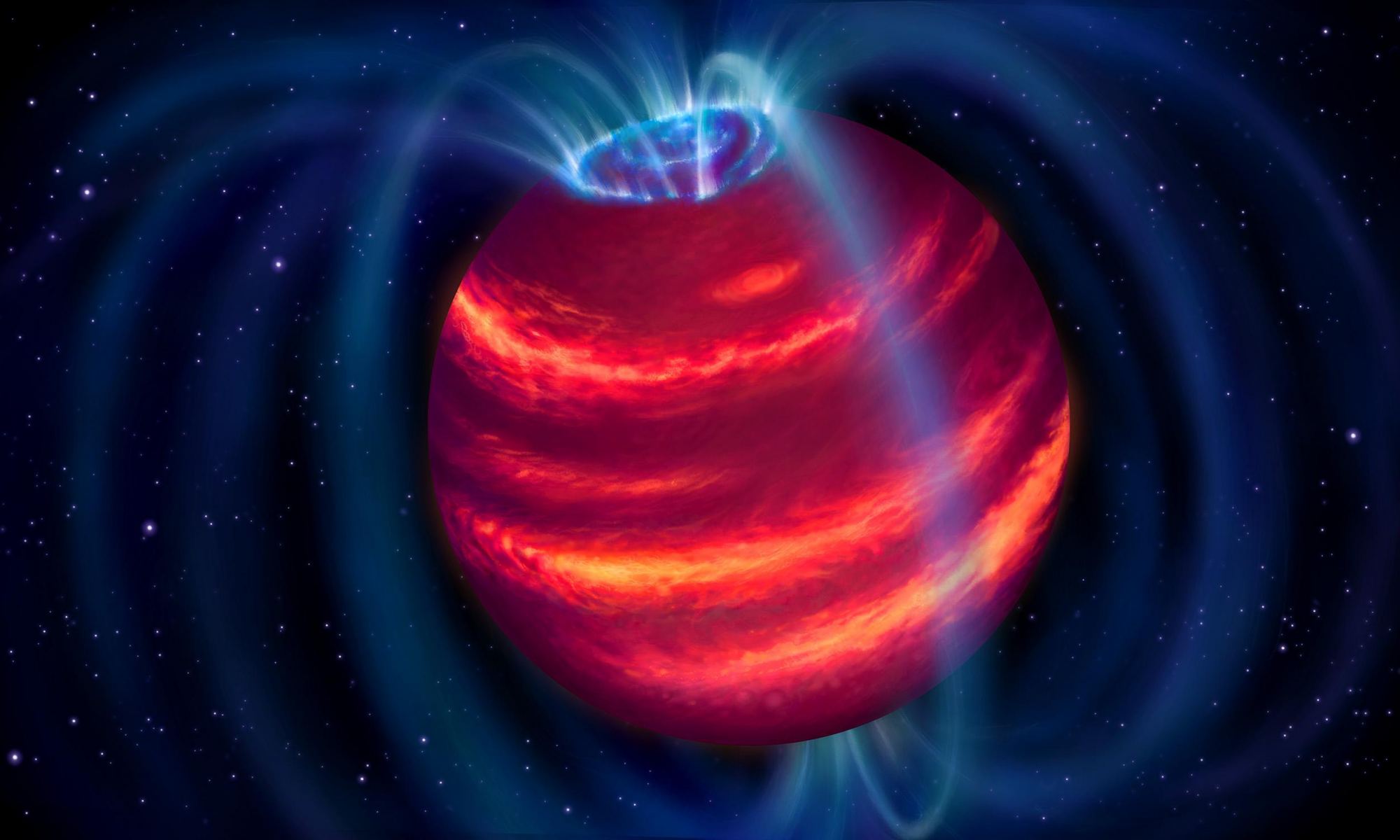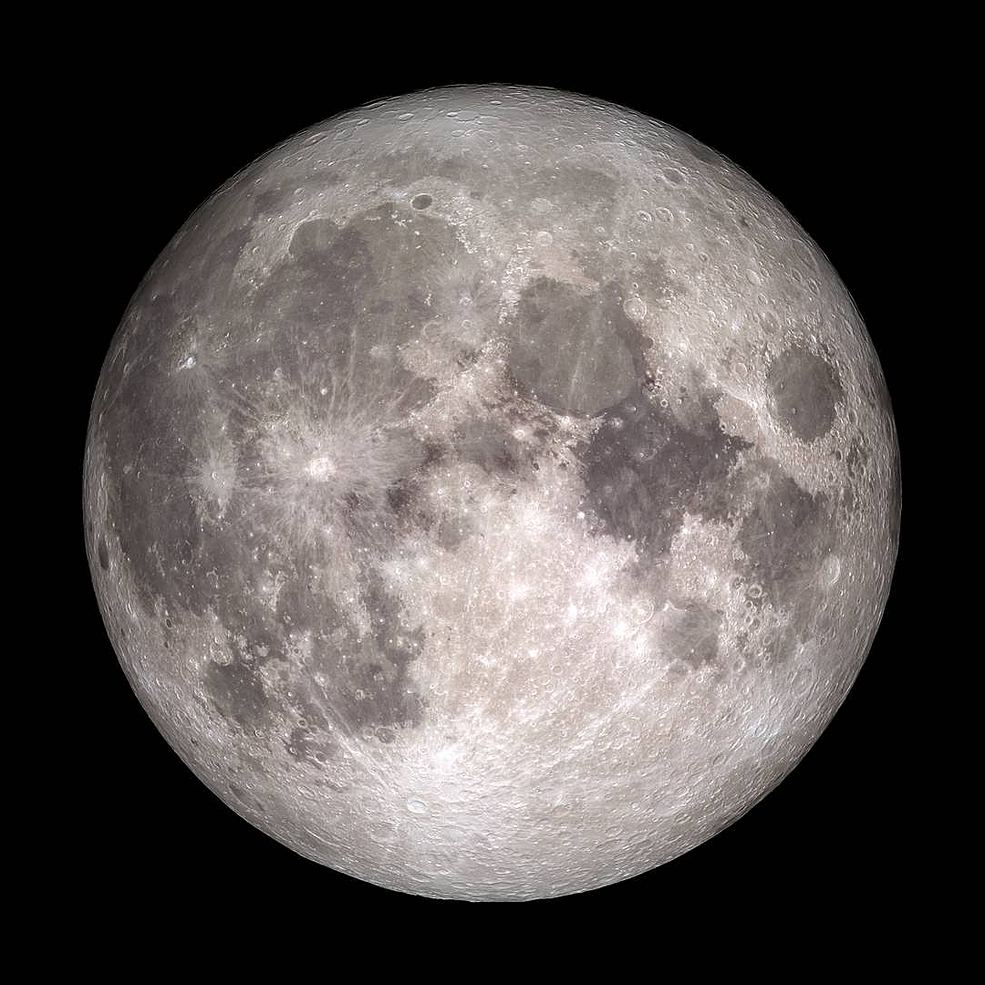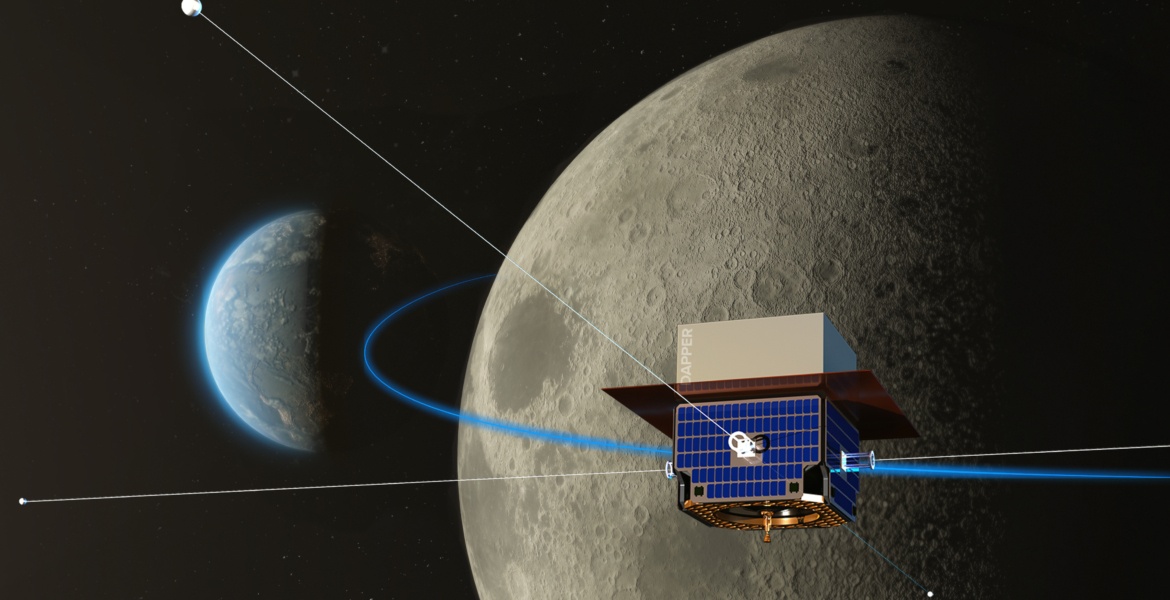As we continue to search for dark matter particles, one thing is very clear: they cannot be any of the elementary particles we’ve discovered so far. The particles would need to have mass, but interact with light only weakly. Of the known particles, neutrinos fit that description, but neutrinos have a tiny mass, and aren’t nearly enough to explain dark matter. Some other kind of particle must make up the majority of dark matter.
Continue reading “If Axions Explain Dark Matter, it Could be Possible to Detect Them Nearby Neutron Stars”Radio Emissions Have Been Detected from an Exoplanet
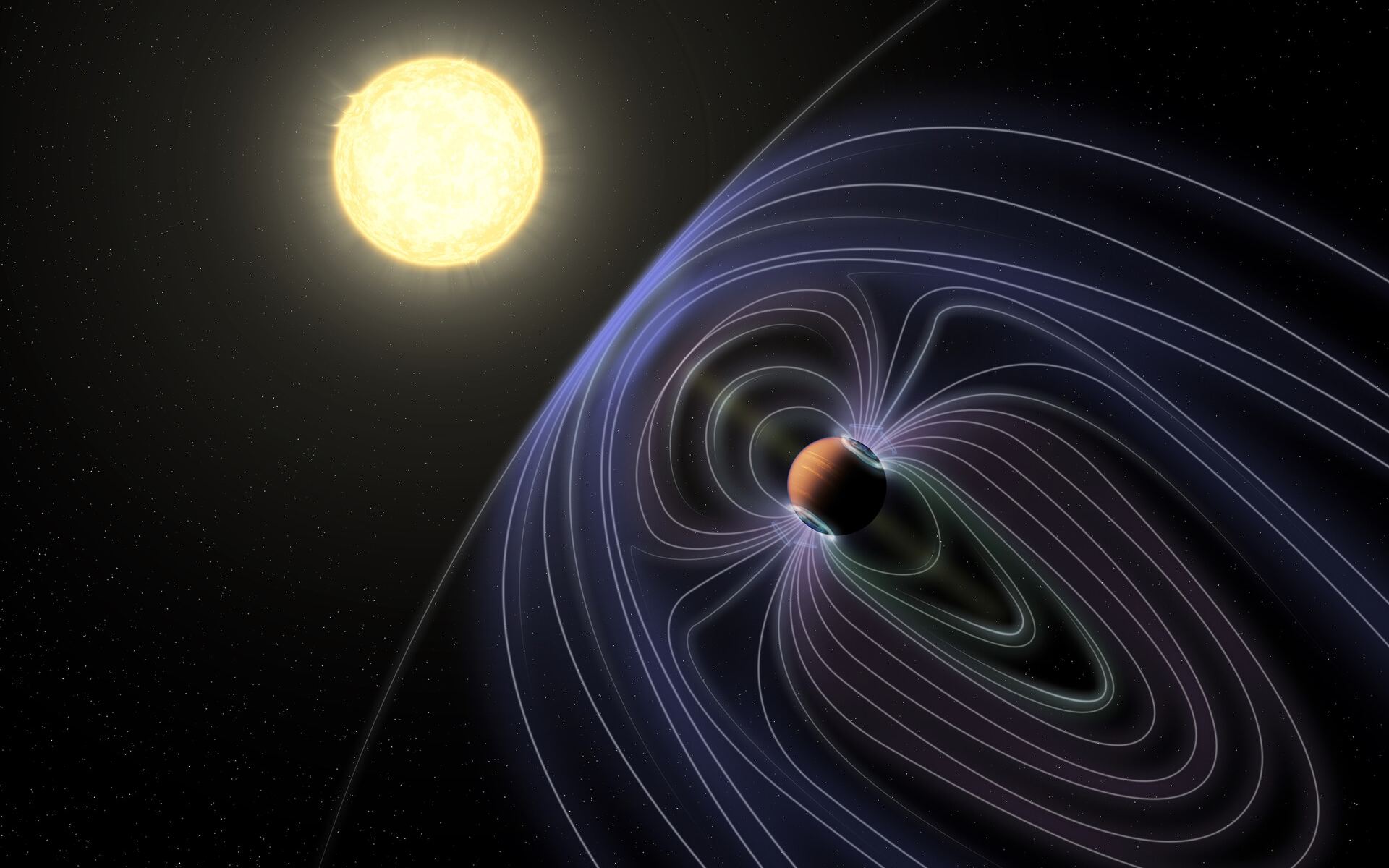
Invisible Glow
Finding planets out in the Universe is pretty hard. I say this despite the fact that two planets in Earth’s skies are aligning tomorrow to form one of the brightest objects seen in hundreds of years. But while the brilliant Jupiter and Saturn are always visible to the naked eye, Neptune wasn’t directly observed until 1846 despite being in our own solar system. We didn’t start discovering planets outside the solar system until 150 years after Neptune. Like Neptune, we find them (though indirectly), through visible light. However an international team of researchers may have just made the first detection of an exoplanet through radio emissions created by the planet’s aurora.
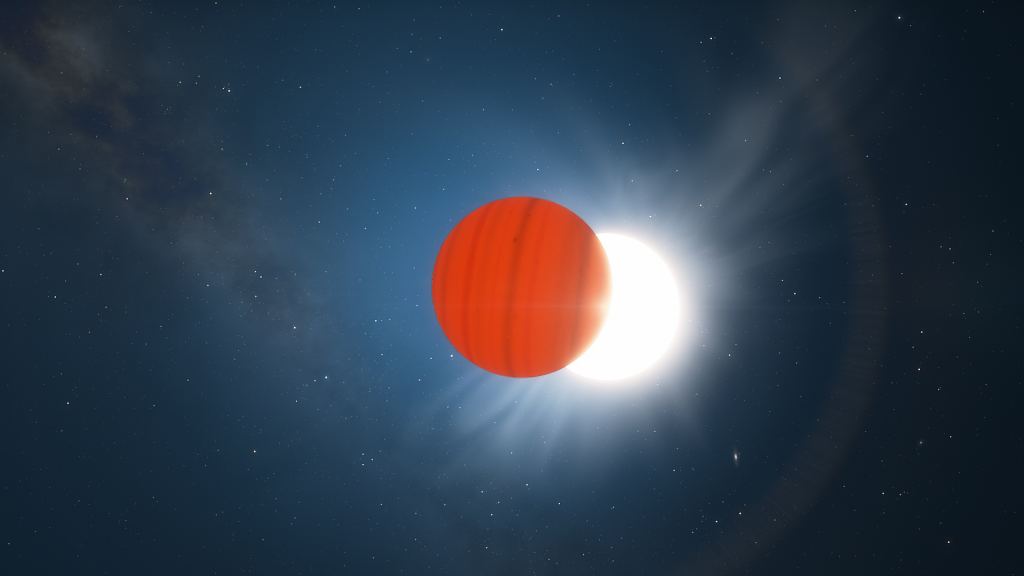
A Second Cable has Failed at Arecibo, Causing Even More Damage to the Radio Observatory
Another main cable that supports the Arecibo Observatory broke last week, falling onto the reflector dish and causing more damage. This is the second time a cable has snapped on the iconic radio observatory in just three months.
The new damage is an unfortunate and devastating setback for the observatory, just as repairs from the first accident were about to begin.
Continue reading “A Second Cable has Failed at Arecibo, Causing Even More Damage to the Radio Observatory”Brown dwarf discovered with a radio telescope for the first time
Brown dwarfs are interesting objects. They are generally defined as bodies massive enough to trigger the fusion of deuterium or lithium in their cores (and are thus not a planet) but too small to fuse hydrogen in their cores (and therefore not a star). They are the middle children of cosmic bodies.
Continue reading “Brown dwarf discovered with a radio telescope for the first time”The Moon is the Perfect Spot for SETI
In less than four years, NASA plans to land the first woman and the next man on the Moon as part of Project Artemis. This long-awaited return to the Moon is to be followed by the construction of the Lunar Gateway, the Artemis Base Camp, and a program of “sustainable lunar exploration.” The creation of an enduring human presence on the Moon will also create many opportunities for exciting scientific research.
For example, astronomers want to conduct radio astronomy on the far side of the Moon, where telescopes could probe the earliest period of the Universe free of terrestrial radio interference. Taking this a step further, a team of astronomers recently recommended that a radio telescope on the far side of the Moon (or in lunar orbit) could aid in another important area of research: the Search for Extraterrestrial Intelligence (SETI)!
Continue reading “The Moon is the Perfect Spot for SETI”Radio Astronomers are Worried About Mega-Constellations and the Square Kilometer Array

In the coming years, a number of next-generation observatories and arrays will become operational. These facilities will make major contributions to multiple fields of astronomy: exploring the mysteries of the early Universe, studying gravitational waves, determining the role of dark matter and dark energy in cosmic evolution, and directly image “Earth-like” exoplanets.
Unfortunately, this revolutionary development in astronomy may be going up against another major project: the creation of mega-constellations. Because of this, the SKA Organization (SKAO) – which oversees the international Square Kilometre Array (SKA) – is insisting that corrective measures be taken so satellites won’t interfere with its radio observations once it’s operational.
Continue reading “Radio Astronomers are Worried About Mega-Constellations and the Square Kilometer Array”New Radio Telescope Is Going to Fly to the Far Side of the Moon to Listen to the Signals From the Early Universe
The phrase “silence is golden” is even more important for radio astronomers. The sheer amount of radio output created by humans can drown out any interesting signal from the heavens that they might wish to study. Those signals are also partially blocked by Earth’s atmosphere, adding more complexity to the challenge.
The obvious solution to the atmosphere problem is to launch space based observatories, and that has been done in the past. However, in near Earth orbit the radio waves emitted from radio stations all around the world can still blast any radio receiver with an unwanted deluge of signals. So scientists have come up with a novel idea to get the silence they so crave: park a probe on the far side of the moon.
Continue reading “New Radio Telescope Is Going to Fly to the Far Side of the Moon to Listen to the Signals From the Early Universe”An exoplanet has been found for the first time using radio telescopes

Astronomers have found an extrasolar planet around a main sequence star. Which isn’t a big deal. With a radio telescope. Which is.
Continue reading “An exoplanet has been found for the first time using radio telescopes”
